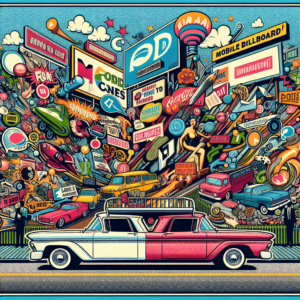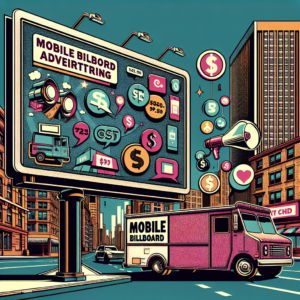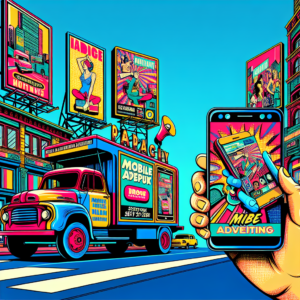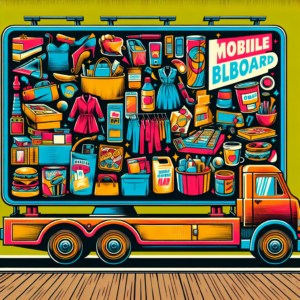“`html
Introduction
Imagine driving down a bustling highway, your eyes scanning the horizon for something that stands out. Suddenly, you see it—a bold, vibrant billboard that grabs your attention like a magnet. Ever wonder why some billboards stop you in your tracks while others fade into the backdrop? The secret often lies in the colors used. In this article, we delve into the psychology of color, uncovering the hues that not only catch the eye but also leave a lasting impression.
- The Psychology of Color in Advertising
- Effective Color Combinations
- Design Tips for Eye-Catching Billboards
- Common Mistakes to Avoid
- Key Takeaways
- FAQ
The Psychology of Color in Advertising
Colors are more than just visual stimuli; they are powerful psychological tools that can evoke emotions and influence behavior. For instance, red is often associated with urgency and excitement, making it perfect for grabbing attention instantly. Green evokes feelings of calm and nature, ideal for environmentally-friendly messages. Blue signifies trust and reliability, often used by financial institutions and healthcare providers. Understanding these associations can help you choose the best colors for your billboard.
Color Meanings and Their Impact
- Red: Urgency, excitement, passion
- Blue: Trust, reliability, calm
- Green: Nature, tranquility, health
- Yellow: Happiness, optimism, attention
- Black: Sophistication, power, elegance
Effective Color Combinations
Just as a symphony requires harmony among its instruments, a billboard needs cohesive color combinations to convey its message effectively. Here are some tried-and-true combinations:
Contrasting Colors
Using contrasting colors can create a striking impact. Think of black text on a yellow background or white text on a red background. These combinations are visually arresting and easily readable from a distance.
Complementary Colors
Complementary colors lie opposite each other on the color wheel and provide a balanced yet dynamic look. For example, pairing blue with orange or purple with yellow can make your billboard pop without overwhelming the viewer.
Design Tips for Eye-Catching Billboards
Keep It Simple
The golden rule of billboard design is simplicity. You have only a few seconds to capture the attention of passersby. Use large fonts, minimal text, and clear images to convey your message effectively.
High Contrast Text and Background
Ensure that your text stands out against the background. High contrast between text and background colors enhances readability. This is crucial for billboards as they need to be legible from a distance.
Avoid Overcrowding
A cluttered billboard is a confusing billboard. Limit your design elements to what is absolutely necessary. A single strong image or graphic can be more impactful than multiple small ones.
Common Mistakes to Avoid
- Poor Contrast: Low contrast between text and background can render your message unreadable.
- Too Much Information: Overloading your billboard with text and images dilutes your message.
- Lack of Cohesion: Randomly mixing colors without considering their psychological impact can confuse viewers.
Key Takeaways
- Choose colors that resonate with your brand’s message.
- Use contrasting or complementary color schemes for maximum impact.
- Simplicity and high contrast are key to effective billboard design.
FAQ
What are the best colors for billboards?
The best colors for billboards are those that create high contrast and are easily visible from a distance. Bright colors like red, yellow, and blue often work well.
How does color affect billboard advertising?
Color affects billboard advertising by evoking emotions and influencing behavior. Different colors convey different messages and can significantly impact how your advertisement is perceived.
Can I use multiple colors on my billboard?
Yes, you can use multiple colors on your billboard, but it’s essential to ensure they complement each other and don’t overwhelm the viewer. Stick to two or three primary colors for best results.
Conclusion
Choosing the right colors for your billboard is akin to selecting the perfect spices for a dish; it can make all the difference between bland and unforgettable. By understanding the psychology of color and implementing effective design principles, you can create billboards that not only catch the eye but also leave a lasting impression. For more insights into making impactful billboards, check out our comprehensive guide on billboard advertising costs.
Remember, in the world of advertising, color isn’t just decoration—it’s communication.
“`

